How to season a cast iron skillet in 3 steps, and how often to do it
Follow our step-by-step guide on how to season a cast iron skillet to make cooking and cleaning a breeze
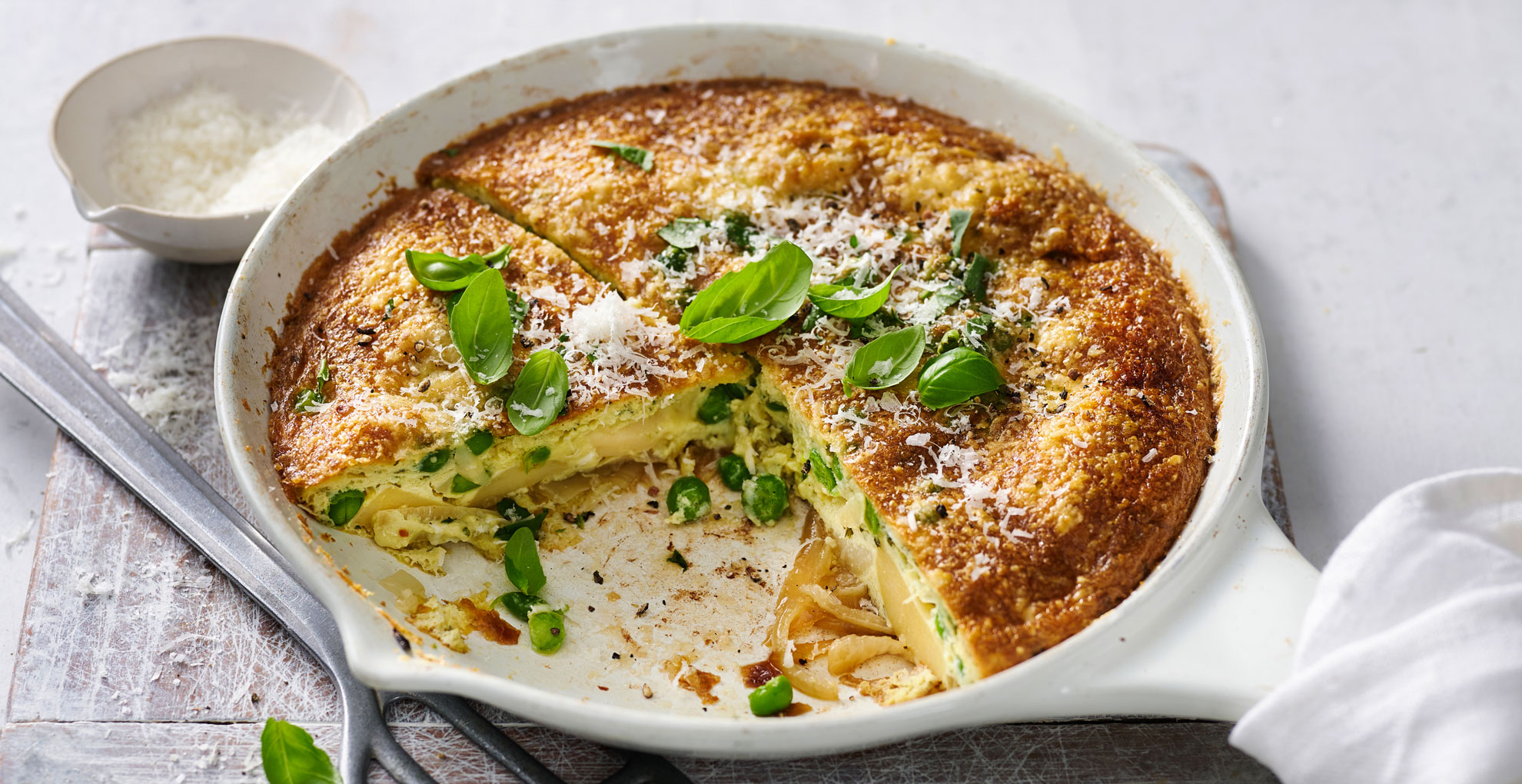

Jess Meyer
Whether you're searing, braising, roasting, or even baking, knowing how to season a cast iron skillet ensures maximum flavor and better preservation of your much-loved pan with every use.
"Ask any regular cook about the things they couldn't live without in the kitchen and I'm willing to wager a cast iron skillet comes somewhere near the top of the list," says Jess Meyer, w&h's food editor. "Nothing beats this versatile workhorse and it will last you for a lifetime if properly cared for by way of seasoning."
Although this must-have kitchen essential requires a little more TLC than your best non-stick pans or best induction pans it's more than worth it to ensure it stays in tip-top condition for many years to come.
How to season a cast iron skillet in 3 simple steps
So what is seasoning and why does a skillet need it? "The 'season' on your skillet is a thin layer of baked-on oil that protects the pan from rust and makes it nonstick through a process called polymerization," Jess explains. "This gives cast iron cookware that distinctive black patina."
1. Carry out a deep pre-clean
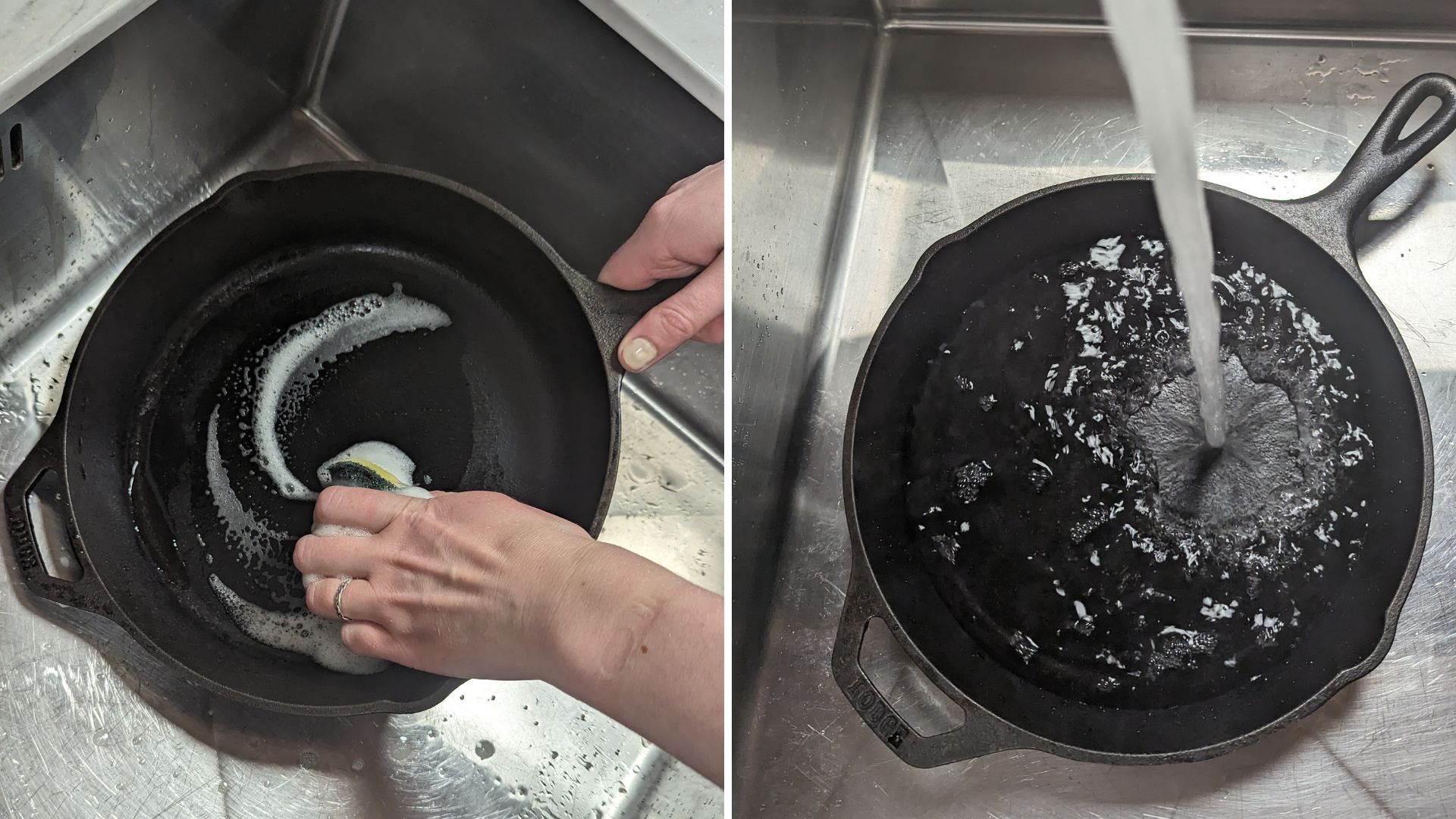
Whether your skillet is brand new or you're dusting off a pre-loved family pan, the first thing you'll need to do is clean your cast iron skillet before you think about seasoning.
"This first clean will be a bit different to daily upkeep," Jess explains, "as you'll want to use a bit of soapy water - a common misconception is you should never use soapy water with cast iron, but for this first clean, and several times a year after this, it's good practice to give your skillet a deep clean."
"The aim here is to remove any factory residue, or in the case of a pre-loved skillet, any rust or burnt-on debris. This is to create a clean surface ready to season." So you can forget adding to how to clean a burnt pan to your kitchen skills.
Sign up for the woman&home newsletter
Sign up to our free daily email for the latest royal and entertainment news, interesting opinion, expert advice on styling and beauty trends, and no-nonsense guides to the health and wellness questions you want answered.
To carry out the cleaning Jess advises: "Gently scrub with a brush and a little liquid soap, but avoid using abrasive scourers as these can remove the seasoning on the pan. Rinse well with hot water, then dry your skillet, first with a towel, then gently heat on the hob to remove any excess moisture."
2. Add your oil to season
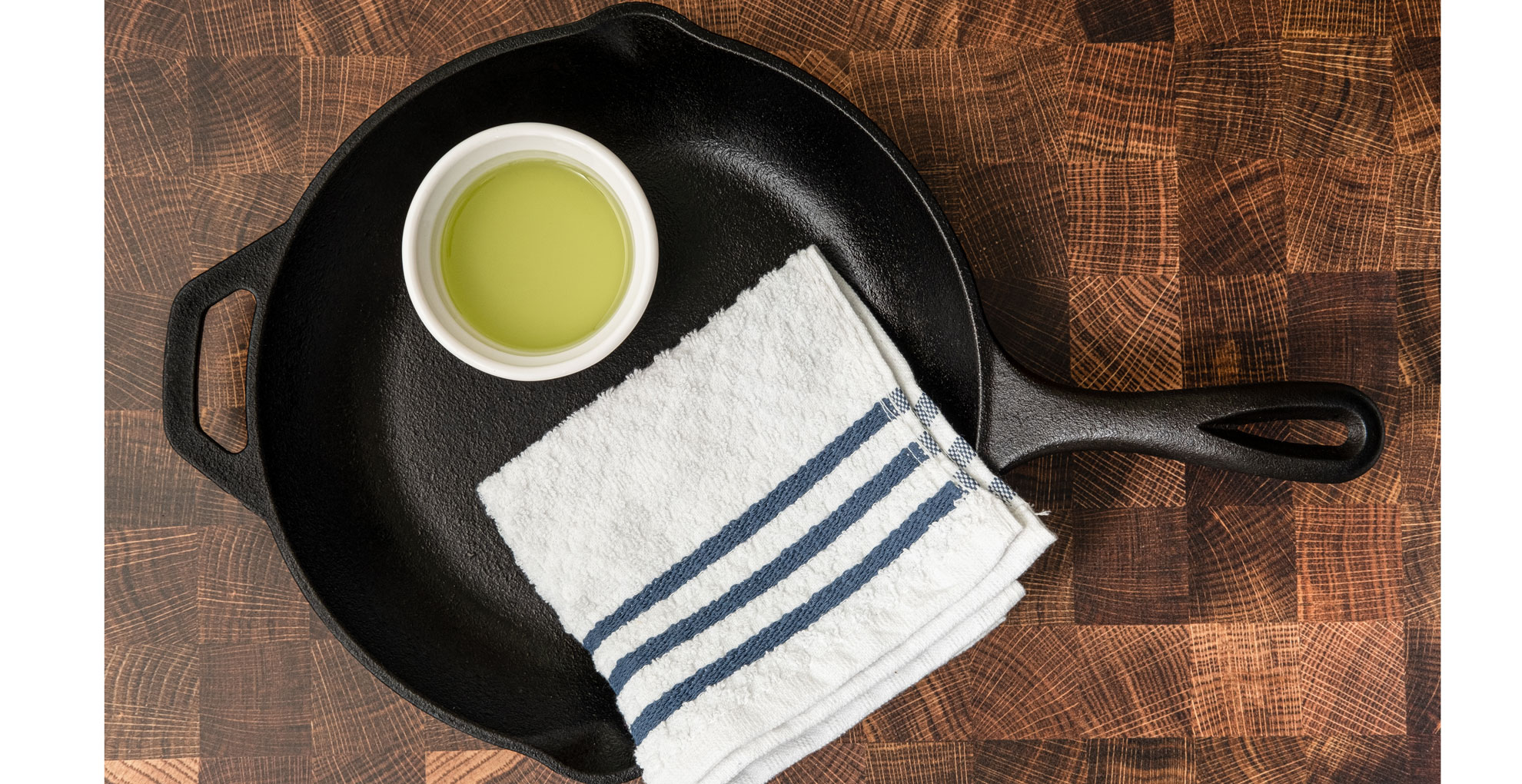
"Once cleaned and dried, coat your pan, inside and out with a thin layer of oil (see below for best oils for seasoning). You want it to be coated but not thick, as this will result in a sticky pan," warns Jess.
The idea is that you will maintain the seasoning on your pan every time you use it, but for the first time you use it, you will want to give it a bit more care to produce a good barrier to build on.
"The joy of a pre-seasoned pan (most new pans on the market fall into this category) is that most of the hard work has been done for you in terms of seasoning, but after that first wash, you will have removed some of the pre-seasoning and will need to rebuild this for a rust-resistant and super nonstick surface."
Wipe the skillet clean with a clean microfibre cloth or old teatowel until no oil residue remains in the pan.
3. Bake upside down in the oven
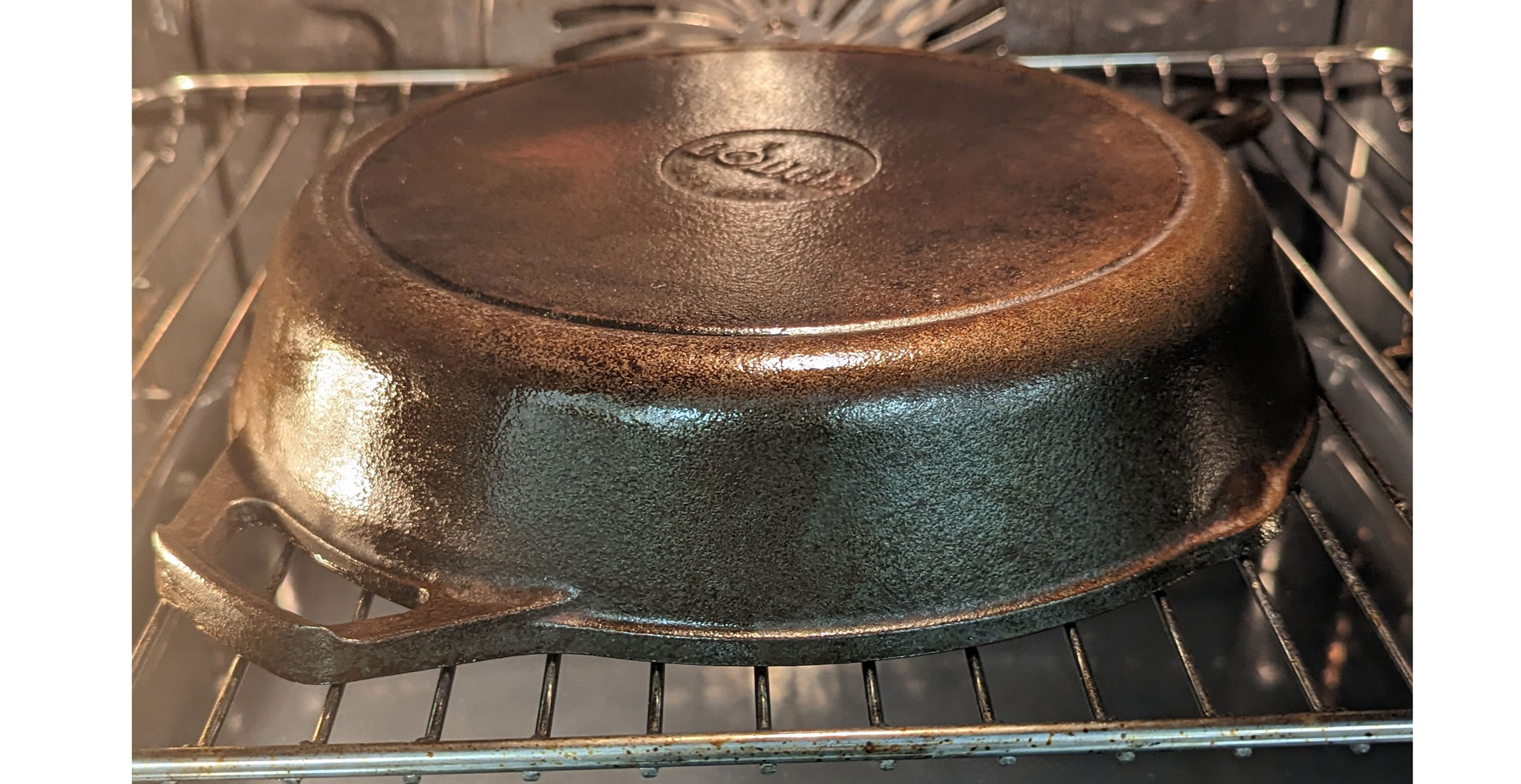
Once any excess 'seasoning' oil has been wiped away the next step is to bake it on, quite literally to form a protective layer on which to cook at high temperatures.
"Bake in the oven, upside down at 210C Fan for 1 hour," suggests Jess. After this time allow the pan to: "Cool in the oven then wipe again with a lint-free cloth."
After these simple steps, the cast iron skillet is seasoned and now ready to use – safe in the knowledge that the surface is coated for protection.
After the first use, to maintain your pan follow these simple steps:
- Wash your pan while hot, the sooner after cooking the better: "If you've cooked anything with a strong flavor, oily fish, for example, it's advisable that you wash with a little soap as with the first-use instructions above," says Jess. "But if you're only using neutral oils, then washing with hot water and a scraper should be sufficient. For extra sticky situations, simmer a little water in the pan for several minutes before cleaning to loosen any debris."
- Dry the skillet with a lint-free cloth or paper towel: "If you're not using your pan every day and storing it away, ensure it's bone-dry by heating briefly on the hob to evaporate any lingering moisture," Jess recommends.
- Rub the skillet with a drop of oil, inside and out: "Buff with a cloth to remove any residue, then heat the pan on the hob to the smoking point," Jess explains. "Turn off the heat and allow the skillet to cool before wiping it again with a cloth. Your pan is now ready for your next cooking adventure."
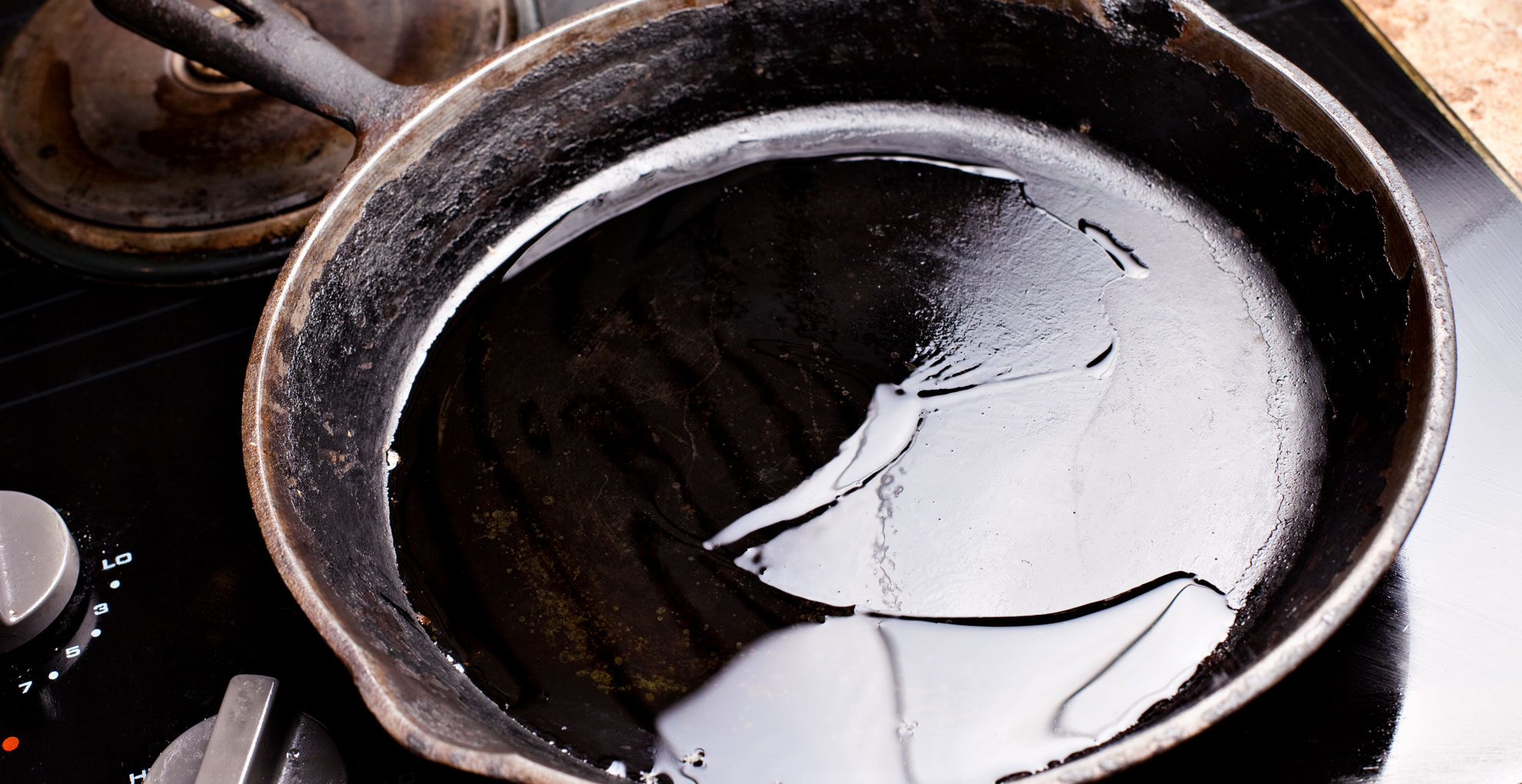
What oil is best to season a cast iron skillet?
Different oils have different burning points, so it's essential to get the right one for the job. "Any neutral flavored oil will do for seasoning, the main prerequisites are neutral flavor and a high smoking point," advises Jess.
"Standard vegetable oil, sunflower oil, or light refined olive oil all work well and are likely to already be in your organized kitchen cabinets. But you can also use vegetable shortening, corn oil, rice bran oil, canola oil, grapeseed oil, or safflower oil."
Save your more expensive extra virgin olive oil for salads and finishing dishes, because any of the above is perfectly sufficient.
Whichever you choose, it's important to heat the pan to the oil's smoking point, as this triggers the process of polymerization, resulting in a hard, baked-on seasoning that will keep your pan in tip-top shape.
"Traditionally lard was used to season cast iron," explains Jess. "And while you can use this if you wish, we wouldn't recommend it unless you tend to cook with your skillet every day as animal fats can turn rancid if the pan is stored for long periods."
How often should you season a cast iron skillet?
"The idea is each time it's used, a little oil residue will remain on the pan, baking on and building a thicker, harder 'season' to protect the metal beneath" explains Jess.
"However, acidic foods like tomatoes, wine, and vinegar can soften or break down the seasoning, especially when simmered in the pan for a prolonged period," warns Jess. "I would recommend avoiding long simmers or very acidic foods in your pan until the seasoning is well developed, and consider doing a more thorough oven seasoning on the pan after (as with the first use). "
You may run into a few problem encounters over the course of using and seasoning your cast iron skillet, and here's what to do:
- My pan is sticky after seasoning: "This can happen if there was too much oil present when heating the pan for seasoning," jess explains. "If this happens, give the skillet a good wash with some soapy water and a brush, then re-season, making sure to remove any excess oil before baking/heating the pan."
- The pan is flaking: Don't fret, this is a common problem that can happen if the seasoning has built up in an uneven way. "Simply scrub your pan with a wire brush and clean as above," suggests Jess to remedy the problem. "Dry your skillet thoroughly, then season in the oven several times to build up a strong hard layer before using again."
- My skillet is rusty, do I need to throw it away? "No! The greatest joy of a cast iron pan is its durability," reveals Jess. "If your maintenance has fallen by the wayside, or you're looking to restore a pre-loved pan, gently remove any surface rust with a steel brush or wool. Then wash well with hot soapy water and season several times over using the oven method before using."

Tamara is a highly experienced homes and interiors journalist with a career spanning over 22 years. Now the Lifestyle Editor of womanandhome.com, she previously spent 18 years working with the style teams at Country Homes & Interiors and Ideal Home. With these award-winning interior teams, she gained a wealth of knowledge and honed her skills and passion for styling and writing about every aspect of lifestyle and interiors.
A true homes and interiors expert, Tamara has been an ambassador for leading interior brands on multiple occasions, including appearing on Matalan’s The Show and presenting at top interior trend forecasting events such as the Autumn Fair and Spring Fair.
- Jess MeyerFood Editor